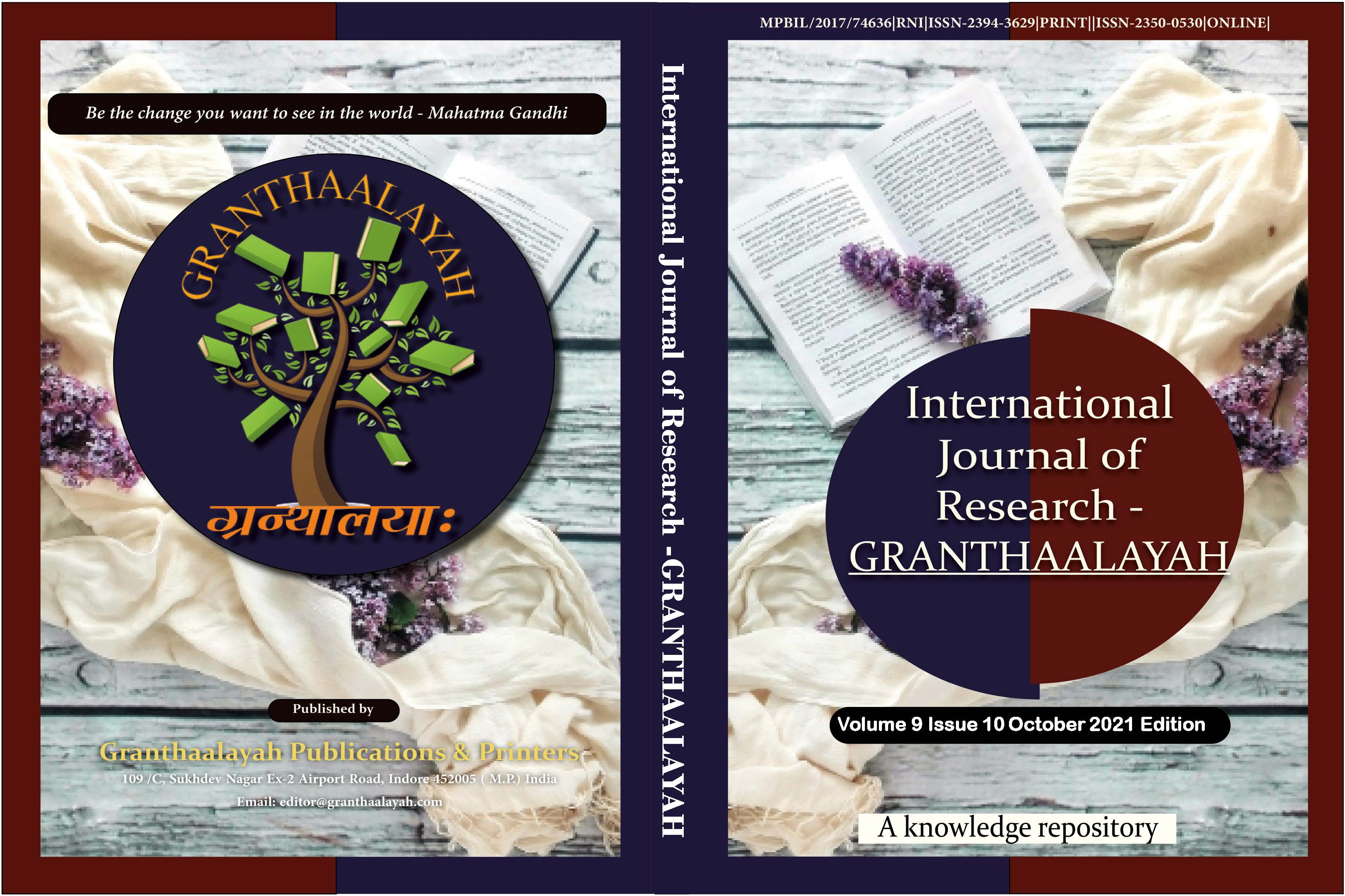A COMPARATIVE STUDY BETWEEN CHARACTERISTICS SEEN IN SUPERVISED VERSUS NON SUPERVISED EMPLOYEES
DOI:
https://doi.org/10.29121/granthaalayah.v9.i10.2021.4342Keywords:
Growth, Discipline, Dedication, Motivation, Organization SkillsAbstract [English]
Supervised and unsupervised employees are assumed to be quite different. A supervised employee can always fall back to the supervisor in times of need as compared to an unsupervised employee who has to fend for himself in most times. Wishing to find out as to what keeps supervised as well as unsupervised employees going in an organization, I drew up a questionnaire to be filled up by the employees. The questionnaire had six variables which had to be ranked from 1 to 6, with 1 being the most important and 6 being the least important. The variables were Discipline, Growth, Desire to learn, Organizational skills, Dedication, and Motivation. A total of 100 employees were interviewed, 50 who were supervised and 50 who were not supervised. A personal interview was conducted wherein the questionnaire was direct and structured. The results were such among the supervised employees growth was ranked first followed by discipline and desire to learn whereas among the unsupervised employees growth was ranked first followed by desire to learn and motivation.
Downloads
References
Burke, L.A., Miller, M.K. (1999). Taking the mystery out of intuition in Decision making. Academy of Management Perspectives, Vol (13), Issue 4. Retrieved from https://doi.org/10.5465/ame.1999.2570557 DOI: https://doi.org/10.5465/ame.1999.2570557
Costen, W., Salazar,J. (2011). Impact of training and development on employee job satisfaction, loyalty and intent to stay in the lodging industry. Journal of Human Resources in Hospitality and Tourism, Vol (10), Issue 2. Retrieved from https://doi.org/10.1080/15332845.2011.555734 DOI: https://doi.org/10.1080/15332845.2011.555734
Donald cooper, Pamela S. (2006), " Business Research Methods”, Tata Mc Graw Hill, N. Delhi
Mastekaasa, A., Oslen, K.M. (1998). Gender, Absenteeism and Job related characteristics : A fixed effects approach. Work and Occupations. Retrieved from https://doi.org/10.1177/0730888498025002004 DOI: https://doi.org/10.1177/0730888498025002004
Oldham, G.R., Cummings, A. (2017). Employee creativity : Personal and Contextual Factors at work, Academy of Management Journal, Vol (39), Issue 3. Retrieved from https://doi.org/10.2307/256657 DOI: https://doi.org/10.2307/256657
Paul E Green, Donald S Tull, (1990), " Research for Marketing Decisions", Prentice Hall Int, INC, N. Delhi.
Rooney., Paulsen, N., Callan, V.J. (2009). A new role for place identity in managing organizational change. Management Communication Quaterly. Retrieved from https://doi.org/10.1037/t34905-000 DOI: https://doi.org/10.1177/0893318909351434
Published
How to Cite
Issue
Section
License
Copyright (c) 2021 Dr. Cedric Thomas Silveira

This work is licensed under a Creative Commons Attribution 4.0 International License.
With the licence CC-BY, authors retain the copyright, allowing anyone to download, reuse, re-print, modify, distribute, and/or copy their contribution. The work must be properly attributed to its author.
It is not necessary to ask for further permission from the author or journal board.
This journal provides immediate open access to its content on the principle that making research freely available to the public supports a greater global exchange of knowledge.

























